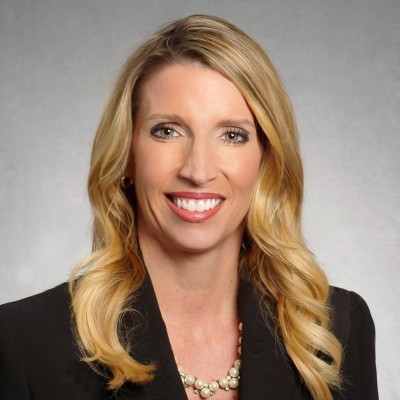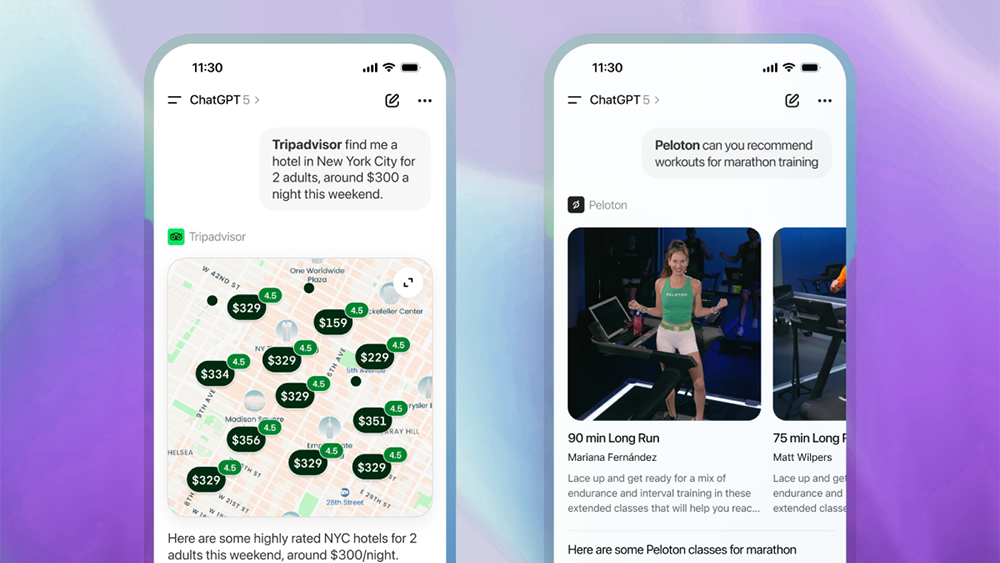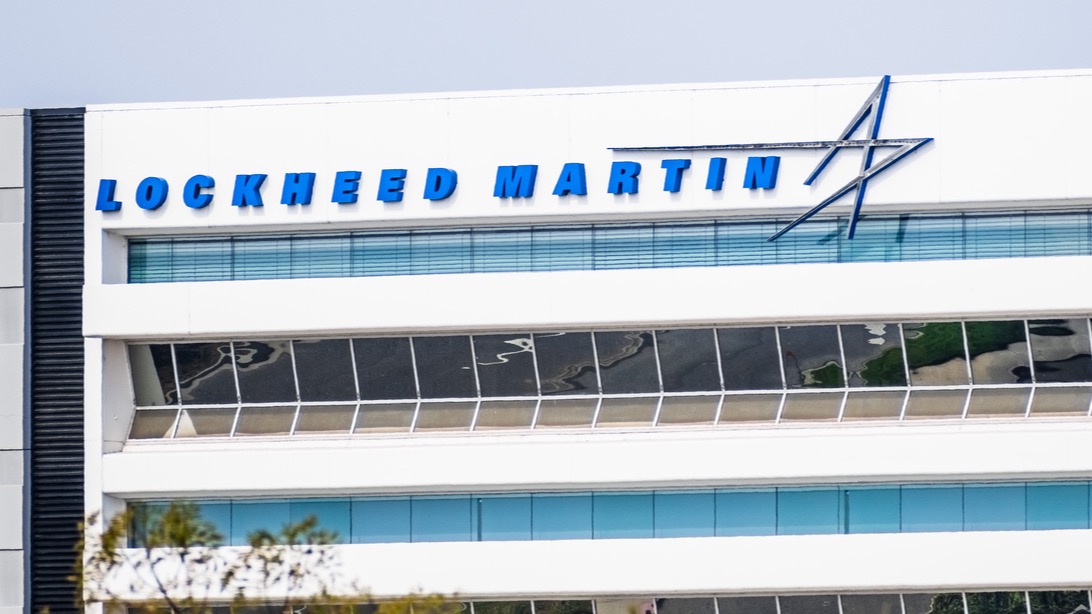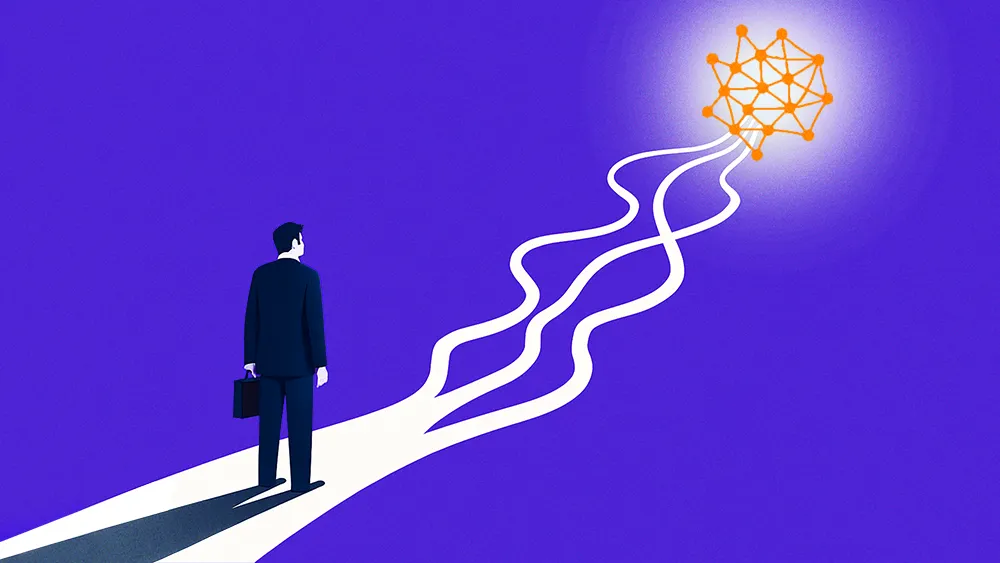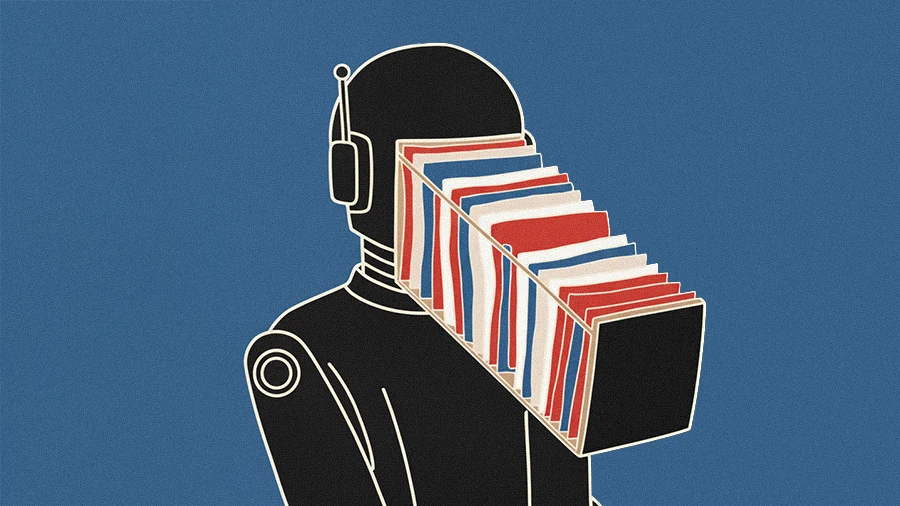
Key Points
- Caterpillar has been using AI for the last three decades, according to Chief Information Officer Jamie Engstrom. Now, the manufacturing giant is only accelerating its use of advanced analytics, automation and orchestration.
- For example, analyzing telematics data from the thousands of Caterpillar machines in use around the world, the company can provide service recommendations and alerts to customers and dealers in near real-time.
- “We align our strategic IT investment and priorities to helping our customers and our business partners in value creation and value protection," Jamie said on a recent episode of the “Technovation with Peter High” podcast.
While for some companies AI seemed like an overnight sensation, Caterpillar has been using the technology in some capacity for the last three decades, according to Chief Information Officer Jamie Engstrom.
Now, the company is only accelerating its use of advanced analytics, automation and orchestration to help with everything from synchronizing demand planning to better understanding supplier lead times and supply.
Analyzing telematics data from the thousands of Caterpillar machines in use around the world, for example, the company can provide service recommendations and alerts to customers and dealers in near real-time.
Caterpillar’s secret to success? A focus on linking technology to business outcomes, close collaboration between stakeholders, and an underlying infrastructure that can support the growth of new data-intensive workloads.
“It is a careful balance of being intellectually curious, and not just implementing technology for technology’s sake,” Jamie said on a recent episode of the “Technovation with Peter High” podcast. “We align our strategic IT investment and priorities to helping our customers and our business partners in value creation and value protection.”
Managing technology’s intersection points
Several years ago, Caterpillar embarked on a journey to build a data strategy that would allow for more secure, compliant use of the digital assets the company was already gathering in huge quantities. This took collaboration with key partners in the C-Suite, along with business leaders to effectively balance risk and innovation -- and was just a small taste of the cross-functional work to come.
Among the closest partners Jamie works with now are her fellow technology leaders – the Chief Digital Officer and the Chief Technology Officer. And Caterpillar’s division of responsibilities is a potential model for other organizations struggling to find cohesion among their C-Suite technologists. At Caterpillar:
- The Chief Digital Officer is focused on “what we’re doing to continue to improve the digital experiences that we need to serve our customers, to provide a seamless and intuitive experience as we think about the products that we have connected and their experience with us,” said Jamie.
- Meanwhile, the Chief Technology Officer is “focused on our onboard technology and what we’re doing to make sure we’re continuing to invest in the enhancements that we’ve got with our onboard technology to make sure that we're continuing to advance that capability on the equipment we have in operation,” she added.
- And it all comes together in Jamie’s division: “It’s that unique intersection of the onboard technology, the digital experiences that we provide to our customers, and our internal systems around the world that come together to make sure we’re providing that end-to-end experience.”

“It is a careful balance of being intellectually curious, and not just implementing technology for technology’s sake."
Along with these partnerships in the C-Suite, Jamie also oversees a team of group CIOs that work closely with business counterparts in each of the company’s major industry segments, including construction, resource and energy and transportation.
“They have a seat at the table with our senior leadership teams of those industry segments and our operations managers around the world that produce our equipment each and every day,” she said.
Below is more advice from Jamie on how to build a technology apparatus that spans beyond IT, and is focused on delivering real-world results:
- Don’t work in a silo: “Go visit the factory and visit our customers and understand what to do to make sure that we manufacture that equipment but that we’re also providing that customer experience.”
- Get the table-stakes right: “As we look at the reliance on information technology in our personal lives and how our customers and internal business partners rely on highly-available and high-performing systems … the first lever is getting the table stakes right.”
- Get the basics right: Slow is the new down and real time isn't fast enough. Having the right cybersecurity protocols in place and keeping that top of mind, having the highly available and high-performing systems, is table stakes."
- Align IT progress to real-world needs: “It’s important to make sure we have one foot in the industry. But it's also equally important we have one foot in intimately understanding what our customer needs are, what our internal .. needs are, and how we need to adapt and apply information technology.”
- Build the digital thread: “Having equipment and manufacturing facilities connected through the ‘Internet of Things’ and leveraging that through to the modern manufacturing execution systems, to look end-to-end across the manufacturing process to not only improve production processes but help support improvement in equality, optimize cost structure and ultimately better serve our customers.”
Be sure to check out the full discussion here.
.svg)
